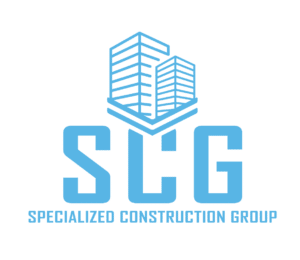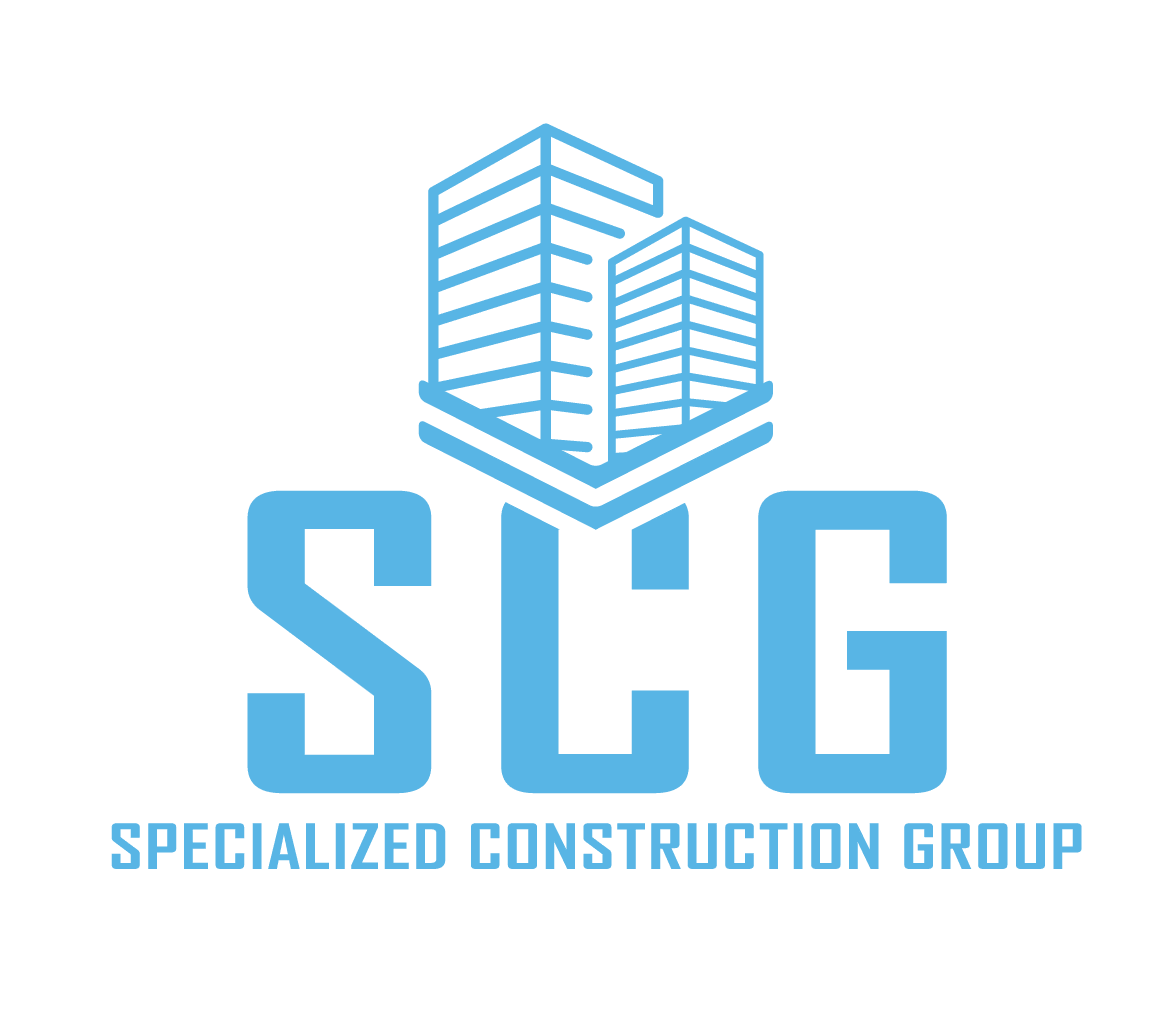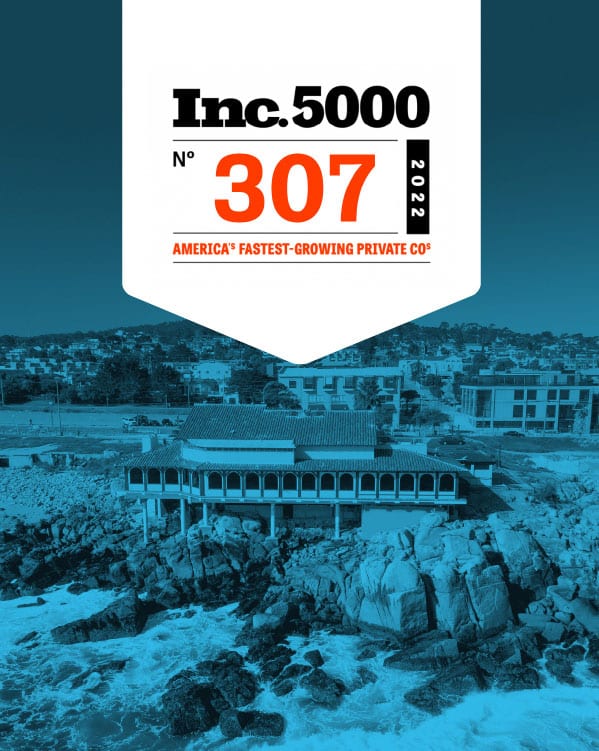Retail expansion is an exciting time for any business expansion as it presents the opportunity to grow and expand its customer base. However, retail expansion also comes with its own set of unique challenges that must be navigated to ensure a successful outcome. Whether it’s selecting the right location, designing an attractive store layout, managing construction costs, dealing with supply chain and logistics, or hiring and training staff, retail chains expanding need to be aware of the pain points that may arise during their business expansion project.
In this five part blog series, we will explore the pain points that every retail chain needs to be aware of when embarking on a business expansion project. These can be utilized to properly plan your business growth strategies and are tried true and tested from a business growth consultant.
In this particular article, we outline the 5 biggest pain points realized in retail expansion efforts and will dive into detail on what you can to do overcome these pain points in subsequent articles.
- Location Selection: We often say in our office that the Retail Business is the Real Estate business. Meaning Location, Location, Location! As one of the most critical decisions in retail expansion is selecting the right location. The location can make or break the success of the expansion, so it’s crucial to consider factors such as demographics, psychographics, foot traffic, accessibility, and real estate costs which can have a massive impact on the overall success of the location. For example, imagine if the new location is unable to turn a profit or financially underwater because a feasibility study or site due diligence was not performed properly or took a back seat. What happens then? Maybe Retail construction costs skyrocketed because of unforeseen or unplanned conditions. With this info, Retail chains need to ensure that they find a location that aligns with their expansion budget and will attract their target customers.
- Store Design and Layout: The design and layout of a store are essential for creating an attractive shopping environment and optimizing sales. Retail chains need to consider factors such as the size of the store, the layout of the displays, and the overall aesthetic of the store. They must strike a balance between creating an engaging shopping experience and ensuring that the store is optimized for sales. Effective store design involves more than just choosing attractive fixtures and furnishings. Retail chains must consider the overall layout of the store, ensuring that the flow of traffic is optimized to facilitate ease of movement and exploration of the store’s offerings. This means strategically placing displays and merchandise in a way that is easy for customers to navigate, making it easy for them to find what they’re looking for. By carefully considering the layout, lighting, color, and technology of the store, retail chains can create a shopping experience that is both memorable and profitable.
- Construction and Build-Out: Construction and build-out are critical components of retail expansion, but they can also be significant pain points. Retail chains need to navigate challenges such as obtaining permits, complying with zoning and building codes, and managing construction costs. Retail chains must carefully manage their budgets during retail expansion efforts to ensure that the project stays within financial constraints while still meeting their desired specifications. This involves detailed cost estimating and forecasting, as well as a focus on value engineering – finding ways to reduce costs without sacrificing quality or functionality. It’s essential to work with experienced retail project management partners who can help manage these challenges and ensure that the store is built to the desired specifications.
- Supply Chain and Logistics: Supply chain and logistics are critical for the success of any retail business, but they become even more important during a retail expansion project. Retail chains need to manage inventory, transportation, and other logistics to ensure that their stores are stocked with the right products and that customers have a positive experience. it is essential to have an efficient and effective supply chain and logistics system in place to ensure that the right products are available at the right time and in the right quantities. This requires careful planning, coordination, and management of the entire supply chain, from sourcing and procurement to inventory management and distribution.
- Staffing and Training: Finally, staffing and training are critical for the success of any retail chain expansion. Retail chains need to ensure that they have the right staff in place to manage their new stores and that they provide adequate training to ensure that employees can provide exceptional customer service
In conclusion, retail expansion is an exciting but challenging time for any business expansion in line with business growth strategies. By being aware of the 5 pain points we’ve discussed, retail chains can take steps to mitigate these challenges and ensure a successful retail expansion. Whether it’s selecting the right location or managing construction costs, retail project management is essential for navigating these pain points and ensuring that the expansion project is a success.



